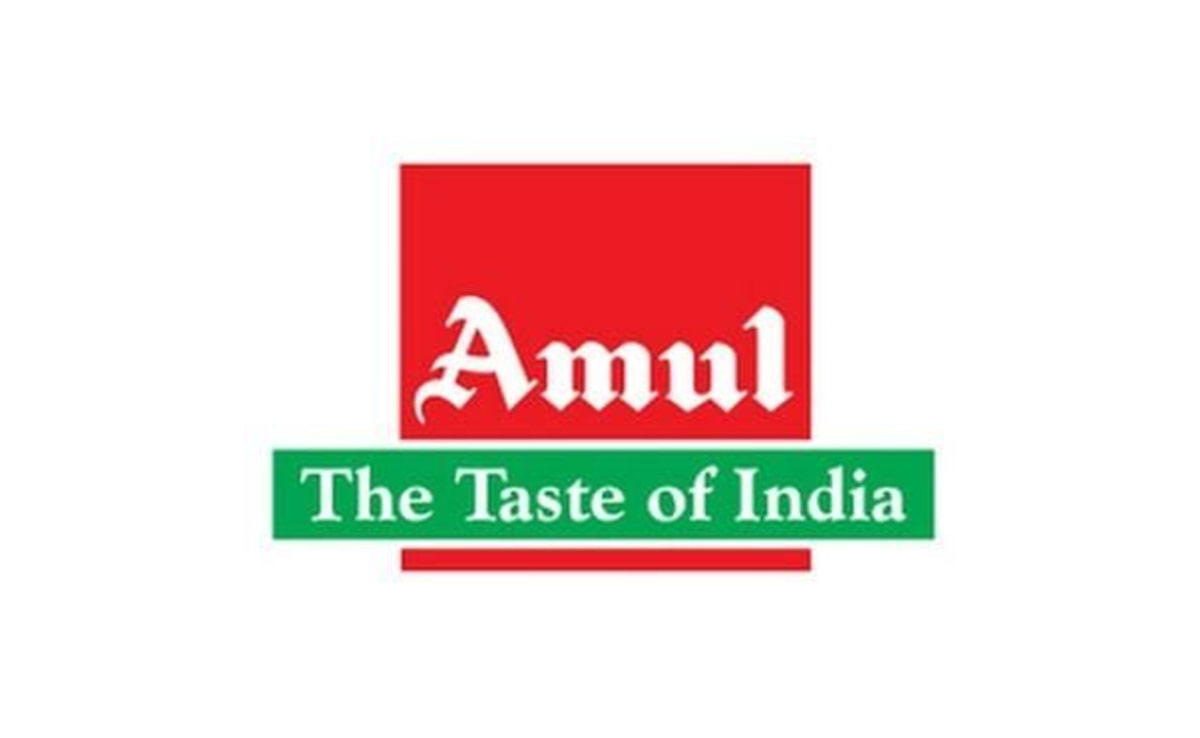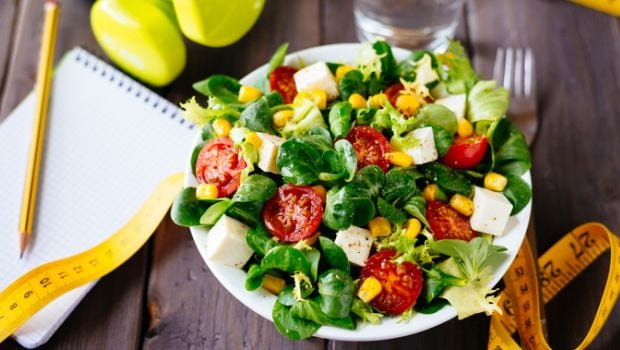Fats, carbohydrates and proteins are the three key ingredients primarily required by the body in order to keep going. Fat has more than twice as many calories per gram as carbohydrates and proteins. Studies by the U.S. Food and Drug Administration postulate that each gram of fat has about nine calories, while a gram of carbohydrate or protein has about four calories. In other words, the carbohydrates or proteins intake could be double than fats, for the same amount of calories.
While we often use the terms 'fats' and 'calories' interchangeably in everyday lives, they differ slightly in their denotation. And the understanding of this nuance becomes all the more crucial if you are targeting towards weight loss.
Difference Between Calories and Fats
All our daily chores are mechanized by the energy drawn from burning of fats and calories. Whether it is running, dancing, cycling or even sleeping, they work as the fuel and fodder. Either the calories we consume in the form of food or drinks get utilised by the body when we are active, or the surplus sugar gets reserved in the fat cells. This ensues those added pounds. Calorie and fat thus though interrelated, the former functions as a unit of measurement for the latter.
As per NIN guidelines, an average person should consume about 1800-2300 calories in a day. This varies according to heavy, moderate and secondary workload.
But Bangalore-based nutritionist Dr. Anju Sood asserts that these are just guiding principles and not mandatory measures to be followed blindly. Individual differences like age, gender and medical profiling play a vital role in determining the recommended intake.

The Truth about Low Fat Food
Ever wondered why does your waist line get bigger while fat-free desserts, low-fat biscuits and calorie-counted ready meals are all tick marked in your grocery list? Well, we bring to you some astounding revelations about low fat foods.
Shalini Manglani, Wellness Expert, presents another side of the same coin, "Most low fat foods on the shelves should be avoided. It is important to read their nutrition content labels carefully. A low fat sauce, for example, might be made with less fat but will have a large quantity of salt and sugar to make it tasty. The fat is hence removed but the carbohydrate and sodium content goes up. I rather eat a tasty home-made sauce containing moderate quantities of fat, carbohydrate and salt."
Fat enhances the taste of food and cannot harm us if eaten in moderate quantities. Whereas food products like soya chips, which are sold as 'low fat' and 'baked' could do us more damage because of the copious amounts of salt that are added to it. No doubt that these foods are sometimes very tasty because of the added salt and sugar but are not the best for one's body in the long run.
Low Fat Foods to Look Out For
Instead of looking for diet colas or baked chips, pick natural healthy food that can help you keep a check on calories as well as not harm your body. Here are low fat foods you can look out -
1. Meats
Fish and chicken are classified under the broader category of 'leaner meats'. According to the U.S. Department of Agriculture and the Food and Drug Administration, this means that it contains less than 10 g of fat, 4.5 g or less of saturated fat and less than 95 mg of cholesterol per 3.5 ounces serving. Sea food (especially crab and prawn) as well as red meat are said to be high on fat content. However, salmon, sardines, tuna etc are great sources of omega-3 fatty acids.
The cut of meat obviously has a major role to play for it indicates how much fat is apparently removed. A healthy serving size of various cuts is generally considered to be 3 to 4 ounces, since we shouldn't be consuming more than 6 ounces of meat per day, according to the American Heart Association. An easy way to remember the perfect portion: a 3-ounce serving of meat should be about the size of a deck of cards.
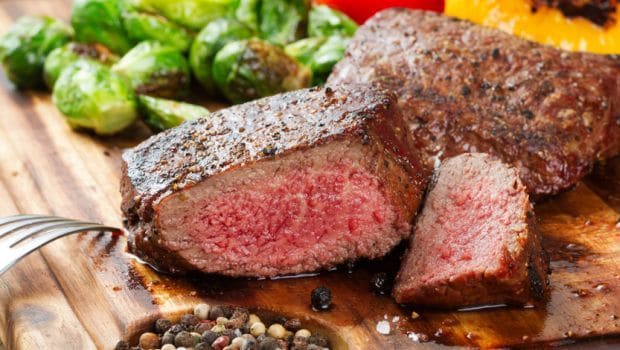
2. Fruits
Almost all fruits except avacado (being rich in fat and sugar) can be counted as being low fat foods. Grapefruit, apple and black plum are specifically recommended because of the presence of an enzyme which helps to trigger insulin secretion. The latter in turn increases metabolism and aids to burn more calories.
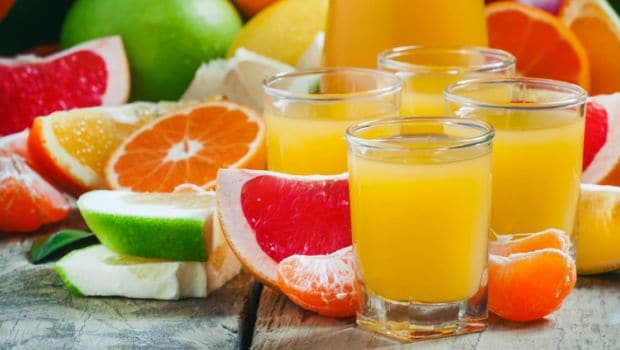
3. Vegetables
Vegetables with a sweet taste (which is due to more amounts of sugar) need to be avoided. The likes of spinach, cauliflower and bitter gourd are the way to go.

4. Milk
The wonder drink falls under three basic categories when it comes to fat quantity-
Skimmed Milk (less than 0.5% fat)
Toned (less than 0.3% fat)
Full Cream (more than 6% fat)
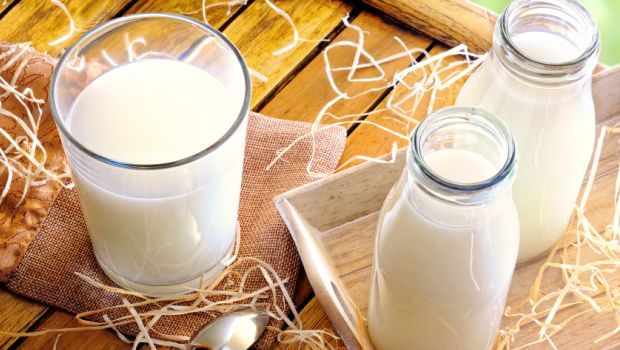
The fat levels in this case depend on the type of beverage consumed. Black tea, green tea and black coffee work wonders but the quantity of sugar added for taste is a determining factor.
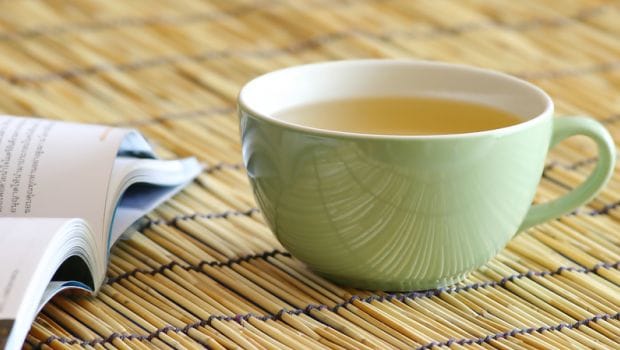
"The overall weight loss and dietary plans don't work by solely charting out low fat foods. After monitoring the individual's body composition, we assess their metabolism. Further, we try and bring out the body to negative balance i.e. lowering down the calories consumption. The body in turn works towards fat mobilisation and the process reaches the target in 7-8 days. But the cut down of food items are not just high on fat but glycemic index (GI) as well. The latter have tremendous amounts of protein which takes the longest to get digested. Finally, the person is given food balanced out in terms of all vital nutrients," concludes Dr. Sood.
Disclaimer:
The opinions expressed within this article are the personal opinions of the author. NDTV is not responsible for the accuracy, completeness, suitability, or validity of any information on this article. All information is provided on an as-is basis. The information, facts or opinions appearing in the article do not reflect the views of NDTV and NDTV does not assume any responsibility or liability for the same.

